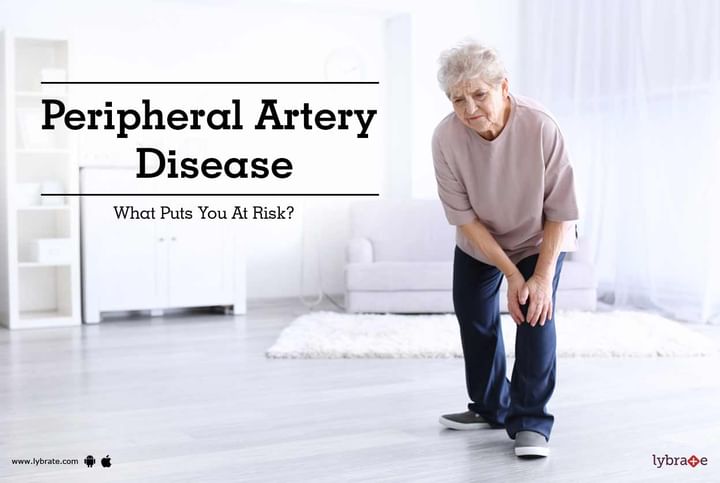Peripheral Artery Disease - What Puts You At Risk?
The circulatory system involving blood vessels and valves is quite an intricate networking system. Blood flow is maintained in separate channels controlled by valves. The vessels distant from the heart are known as peripheral arteries (and veins). Due to fatty deposits, the blood vessels narrow, and therefore their blood-carrying capacity reduces. This leads to reduced blood supply to the legs. The blood carries essential nutrients, and when the legs do not receive it, their function is affected. Read on to know more about this condition.
Peripheral artery disease: As noted above, peripheral artery disease or peripheral vascular disease is when the peripheral organs do not receive adequate blood supply. This could be either due to vascular structural abnormalities or more commonly due to atherosclerosis.
Symptoms: PVD or PAD is a chronic disease, and there are no immediate symptoms. The onset happens over a period of time, and symptoms include:
- Claudication (pain in the legs when walking)
- Leg cramping with muscle pain
- Cold extremities
- Shiny legs
- Reduced pulsation in the lower extremities
- Hair loss from the hands and feet
- Delayed healing of wounds in the lower extremities
- When it gets severe, there could even be pain at rest and it can disrupt sleep.
Risk factors:
- People with atherosclerosis
- Age over 70 years
- Obesity
- Male
- Smoking
- History of diabetes, hypertension, heart disease
- Family history
Complications: PAD reduces blood supply to the distant organs. Therefore, the limbs can have ischemia and also undergo death. It is common for sores to not heal due to the poor blood supply. When this condition continues for a prolonged period, then portions of the extremities could become dead due to lack of blood supply. This could also affect the brain and heart, causing stroke and heart attacks.
Treatment: Peripheral artery disease can be treated by the following measures:
- Manage symptoms with pain killers
- Reduce cholesterol
- Reduce blood pressure
- Control blood sugar levels
- Prevent blood clots
- Manage weight (diet and lifestyle changes)
- Angioplasty is a process where the blood vessel is kept open to ensure blood flow is adequate. A stent may also be placed in it to prevent it from closing again.
- If there is a clot blocking the blood flow in a particular vessel, an agent may be injected which can destroy the clot and open up the artery
Prevention:
- Stop smoking
- Exercise regularly
- Eat a healthy diet including fresh fruits and vegetables, reduce cholesterol
- Foot care (especially if diabetic) including wearing socks, cutting nails, foot care with a doctor, attending to calluses and bunions.
In case you have a concern or query you can always consult an expert & get answers to your questions!



+1.svg)
